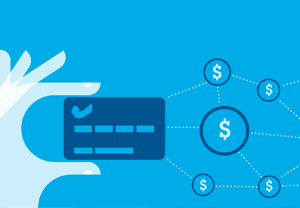Credit Corner
Understanding Credit Scores
Credit can be complicated. You can use the below information to better understand how credit is calculated, and assess how you can improve your own credit score.
1. What Makes Your Score?
- 35% = Based on payment history (i.e. on-time or delinquent)
- More weight on current pay history
- 30% = Capacity (capacity is king)
- 15% Length of credit
- 10% Accumulation of debt in the past 12-18 months
- Number of inquiries and opening dates
- 10% Mix of credit
- Installment (can raise) vs. revolving (can lower)
- Finance company loans can lower your score
2. Range of Scores: (These ranges will vary by Lender)
- 850 – 730 = A+
- 729 – 680 = A
- 679 – 640 = B
- 639 – 600 = C
- 599 – 550 = D
- 549 and Below = E
3. What Actions Hurt Your Score?
- Missing payments (regardless of amount, it can take 24 months to restore credit with one late payment)
- Credit cards at capacity (i.e. maxing out credit cards)
- Shopping for credit excessively
- Opening numerous credit accounts in a short timeframe
- Having more revolving debts in relation to installment debts
- Closing credit cards (this could lower available capacity)
- Borrowing from finance companies
4. What Can Improve Your Score?
- Pay off or pay down credit cards
- Do not close cards because capacity may decrease
- Move revolving debt to installment debt
- Make payments on time (older late pays become less significant)
- Slow down opening of new accounts
- Acquire a solid credit history with years of experience
5. Approximate Credit Weight for Each Year:
- 40% = current to 12 months
- 30% = 12 – 24 months
- 20% = 25 – 36 months
- 10% = 37+ months



